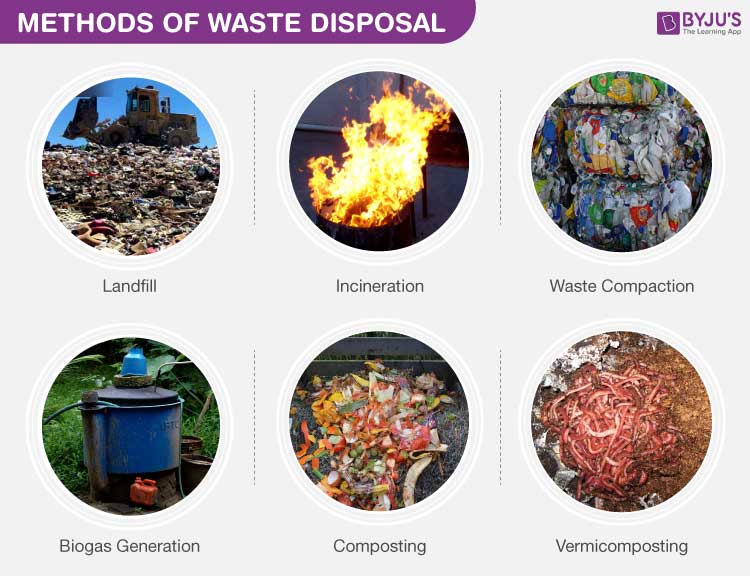Waste disposal is an important part of managing human and industrial waste. Each disposal method has its own environmental impacts that should be taken into consideration. While recycling is the preferred method for dealing with waste, there are still times when other disposal methods must be used.
Now, there is a range of waste disposal methods available, each with its own set of environmental impacts. Here are five of the most common waste disposal methods and how they can impact the environment:
1. Landfills
Landfills are one of the oldest waste disposal methods and involve burying garbage in specially designated sites. While landfills are generally the most cost-effective method of disposing waste, they can also have significant impacts on the environment. When organic matter is buried in a landfill, it produces methane gas which is a potent greenhouse gas and can contribute to climate change. In addition, landfills often have runoff that can contaminate nearby groundwater sources.
2. Incineration
Incineration is a process of burning waste at extremely high temperatures to reduce its volume by up to 90%. While incinerators do not produce methane gas, they are still a major source of air pollutants such as mercury, lead and dioxin. These pollutants can have significant impacts on human health and the environment.
3. Recycling
Recycling is an effective way of reducing the amount of waste that goes to landfills or incinerators. By separating and collecting materials such as paper, plastics and metals, they can be repurposed into new products which reduces the need for resources and energy required for production. This helps reduce air and water pollution associated with the manufacturing of new products.
4. Composting
Composting involves the natural decomposition of organic materials such as food scraps, yard waste, and paper to create a nutrient-rich soil amendment. This method can help reduce the volume of waste going to landfills while providing a useful resource for gardening or landscaping projects. You can even compost at home with a small bin or backyard composter.
Here are different types of composting:
• Hot composting – accelerates the process by creating and maintaining high temperatures
• Vermicomposting – involves worms breaking down organic matter
• Anaerobic composting – use airtight containers to slow the process and reduce odors
5. Anaerobic Digestion
This method of waste disposal involves the breakdown of organic materials in the absence of oxygen to create biogas and digestate, which is rich in nutrients and can be used as fertilizer. While this process requires high upfront costs, it can help reduce the environmental impacts of landfills and incinerators by converting waste into a usable resource.
Each of these methods has its own pros and cons, so it is important to consider all available options before making a decision about how to dispose of your waste. Through careful consideration and implementation of appropriate disposal strategies, we can minimize the environmental impacts of waste and work to protect our planet.
Title:
Description:

